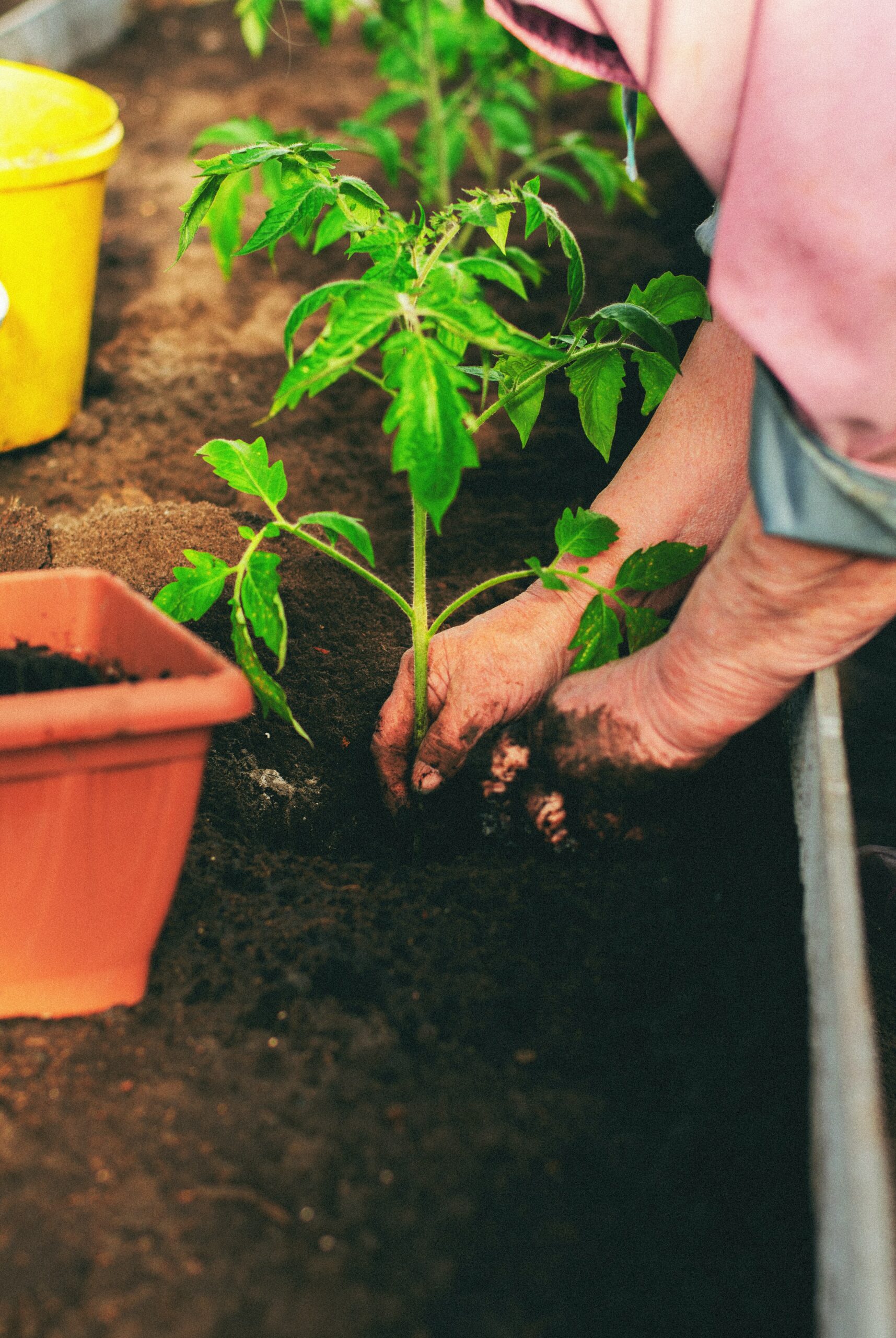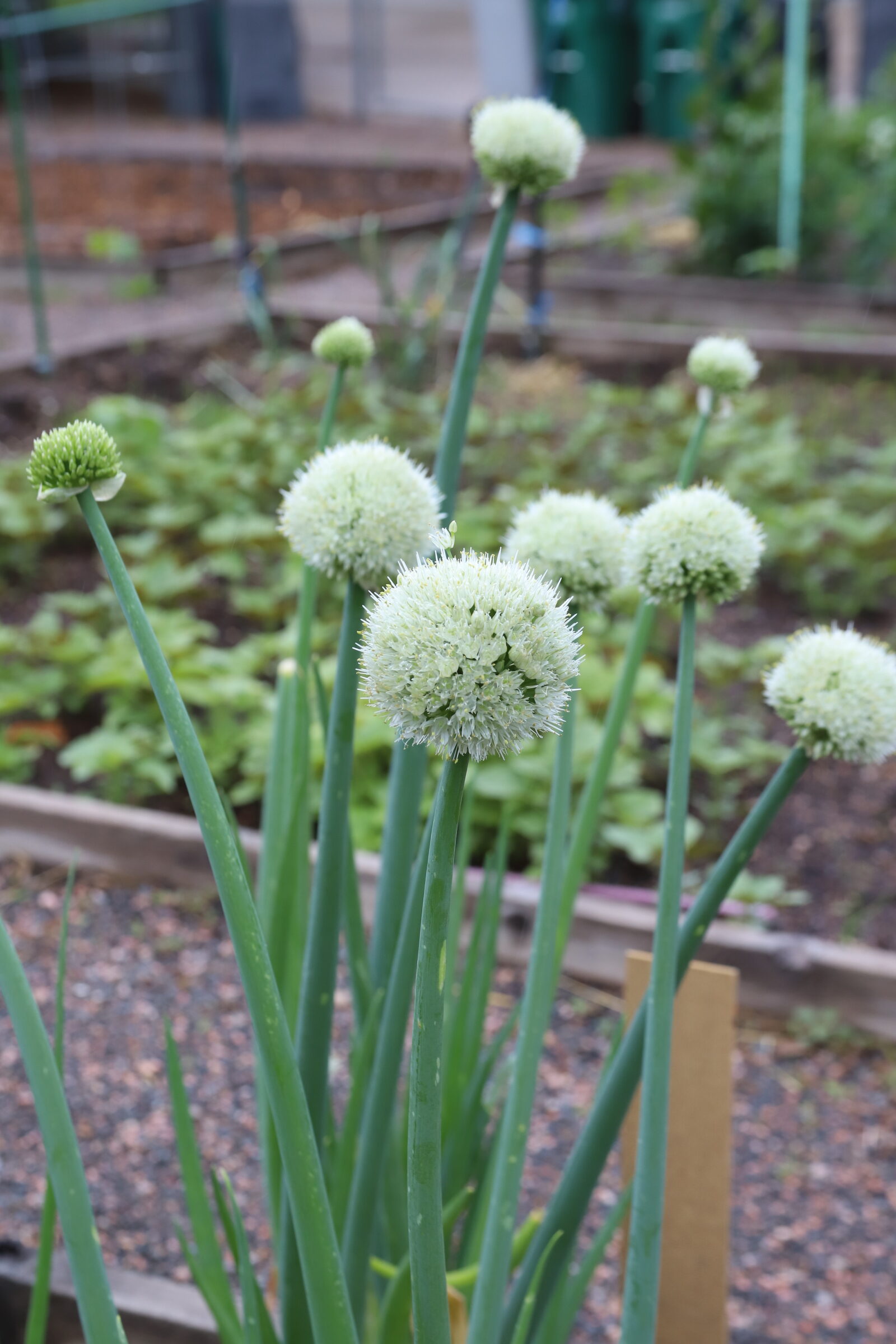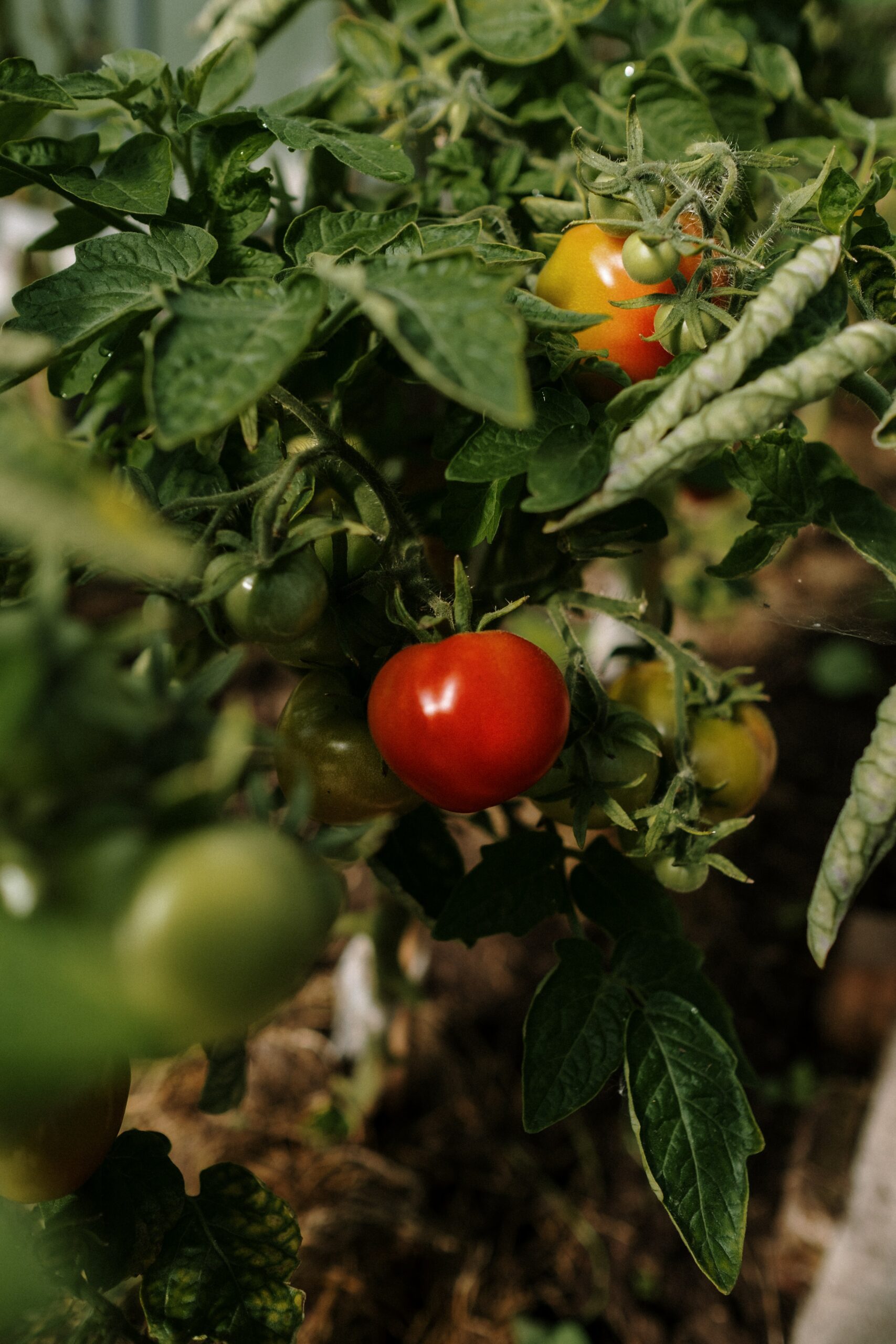Tomatoes are one of the most beloved vegetable crops in any garden. Gardeners obsess over which varieties to grow, having to choose from abundant cherry tomatoes, meaty Roma or San Marzano, to less commonly grown heirlooms.
Cultivating tomatoes in Colorado requires some specific tactics and techniques for success. Gardeners need to adapt their practices to Colorado’s semi-arid climate, dense clay soils, shorter growing season, strong sunlight, and wide-range of weather conditions. Read more in our post about Tips for Successful Gardening in Colorado.
Here are some top tips for success in Colorado:
1- Soil: Amend your soil with 1-inch of compost at the beginning of the season to help loosen the heavy clay creating more air pockets to allow better drainage. Compost also increases microscopic biodiversity, which promotes plant health.
2- Start seeds indoors: Mid-March is the recommended time-frame to start your tomato seeds indoors, counting that our average last frost is mid-May, this allows 6-8 weeks for the seeds to mature into strong seedings. If you are starting your own seeds indoors make sure to time the process well to allow enough time for the seeds to sprout, grow and become strong, but not too long in advance that the seedlings begin to show stress by becoming leggy, scrawny or yellowing. Read more about Starting Seeds Indoors.
3- Seedlings: If you are purchasing seedlings, make sure to choose short, stocky seedlings without flowers or fruits already developing. Look for healthy plants without yellowing leaves or brown spots that could signal disease or stress.
4- Temperatures: Tomatoes are warm weather crops and require consistent night temperatures higher than 50F to thrive, which in the Denver Metropolitan Area is around mid-to-late May. Higher temperatures result in warmer soil, which should be above 55F, especially where the plant roots will go. Planting too early can result in stunted growth and propensity to disease because the plant is under stress. Here is more information about Safe Planting Dates.


Planting Tips
Once overnight temperatures are steadily above 50F, soil temperature is at 55F or above, and you have grown or chosen strong stocky seedlings it’s time to plant.
- Dig a hole twice as big as the root-ball of your seedling.
- Add a handful of Organic Tomato Tone to the soil and mix well.
- Remove the bottom leaves of the seedling, leaving two to three sets of leaves, and bury the stalk up to two inches below the leaves. The knots around the stalk will develop into roots providing a stronger root-base and a stronger plant.
- Water thoroughly.
- Mulch the area around the base of the plants to prevent water evaporation and soil compaction, and to help keep soil cooler during the heat of the summer.
- Leave enough room for large tomato plants to grow; overcrowding your tomato plants can create ideal conditions for disease.
Companion Plants
To give your tomatoes a layer of protection from disease, plant the following around them:
- Marigolds: Soil nematodes can attack the roots of your tomato plants, however, planting marigolds nearby help deter nematodes.
- Alliums: Onions or garlic (known as alliums) are great companion plants for tomatoes because their strong smell can help deter aphids.
- Basil: Besides providing great flavor to tomatoes on a salad, basil planted near the tomato plants can help deter hornworms.
- Nasturtiums: These bright flowers are a perfect ‘trap-plant’ for aphids and white flies, attracting them and keeping them away from your tomatoes.
- Parsley: Similarly to nasturtiums, parsley is a trap-plant for aphids, and once there the hover flies that like parsley will eat the aphids.
- Plant other flowers or grasses in the garden to attract beneficial insects like ladybugs who are voracious aphids eaters.
- Read more about Companion Planting.
Caring for Your Tomato Plants
The number one tip we can give you to help you keep your plants healthy is to check them daily and tend to them as they grow.
- Prune lower leaves as the plant grows to allow for airflow at the base and reduce the chance for disease like early blight spores, which can jump from the soil onto the leaves.
- Water the root-base of the plants not the leaves.


- Water early in the morning or later in the day when the plants are not under heat stress and can take the water better.
- Feed every couple of weeks as the season progresses, lightly working the Tomato Tone around the base of the plant with a small pitch fork.
- Remove any plant debris from around the base of the plant to avoid disease or to become a hiding place for damaging bugs.
- Refresh the mulch ensuring it’s a good 3-inch deep as the heat of the summer increases.
- Prune some of the suckers growing between the joints to tell the plant to concentrate on flowers and fruit rather than foliage.
- On extremely hot days use a shade cloth to keep the soil cooler and reduce heat stress.
Potential Pests & Diseases
Like any crop, tomatoes can be attacked by a variety of fungus, diseases, or pests. Knowing what to look for can help you address the issue before it’s too late. Here are some of the most common tomato problems:
- Early blight, gray mold, different viruses can attack the leaves or plant stalks showing black or brown spots. The leaves turn yellow and curl as the plant struggles. Remove all affected leaves (up to a third of plant foliage) and burn them to avoid spreading the disease.
- Aphids and spider mites: These tiny bugs can suck the life out of your plants. You can remove them by spraying them directly with water to knock them off the plant. You can also use insecticidal soap to treat large infestations.
- Splitting & Blossom-End rot: Both of these are caused by improper watering. Splitting results from overwatering, and blossom-end rot is a result of inconsistent watering that prevents the plants from properly absorbing calcium from the soil.
- Greenback and internal whitewalls: This is caused by excess light and heat and not enough potassium in the soil. Cover plants with shade cloth and feed them with Tomato Tone.
- Sun scorch: As the name hints, this is caused by too much sun exposure.
- Hornworm: Tomato hornworm can eat the leaves of a tomato plant in a matter of days if not removed.
Read more about Common Garden Diseases and techniques for Integrated Pest Management.





